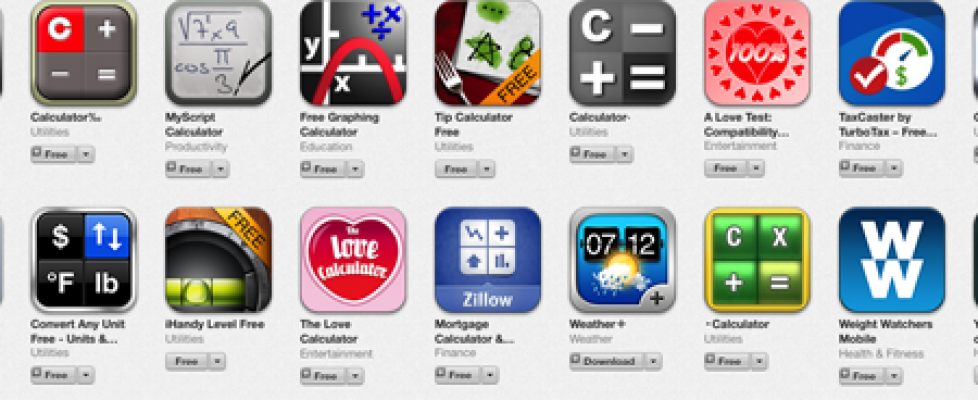The Beginner’s Guide to HTML – How I Learned to Make Web Sites
Want to learn HTML, and have no idea where to start? What programs to use? Where do I get them? Will I break the Internet with my horrible code? After I got over my initial fears, I set about trying to learn how to build a web site.
The first thing to know about learning HTML is to be committed. The second is to pick a small project, then set goals for yourself. I became interested in learning HTML after seeing other gaming sites. I wanted to have a website that I could share my PC gaming opinions and experiences on and receive feedback from the gaming community. What drove me to learn was my love of technology, from computer games to building and fixing computers. As a result, I decided to learn HTML.
HTML (Hypertext Markup Language) is a standardized system for tagging text files to achieve font, color, graphic, and hyperlink effects on World Wide Web pages (source: www.google.com).
Whether you are looking to create your own website or just experiment and see if it’s something you are interested in, a great resource is W3 Schools. This site is my go-to place to learn HTML. W3 Schools walks you through different aspects of HTML and CSS step-by-step, allowing you a virtual workshop with which to test their code and instructions. This alone makes it an invaluable resource. You can then apply the lessons (and copy and paste some of the code) when you begin working on your own site.
It seems confusing and intimidating at first, but after a while, you will be able to read the code as easily as reading this article. W3 Schools is a great place to learn JavaScript along with other useful computer programming languages.
Learning HTML can be fun and it is easy if you have the right inspiration. I have found that the best way to learn something is to experiment and “play” with it. W3 Schools implements what you are reading in real time, which is so much easier than reading and trying to remember what you just read. Two more programs that will help you in your learning experience are a program called Komodo Edit, and FileZilla.
Komodo Edit allows you to create and edit HTML in an easy to use and simple format. It even completes lines of code for you as you type. It is ideal for creating or troubleshooting HTML. Other WYSIWYG (What You See Is What You Get) editing programs, such as Adobe Dreamweaver, will insert unnecessary lines of code, clogging up the document and making it difficult to troubleshoot. To view your changes in komodo edit, you need to have a web browser open to view your results.
FileZilla is a FTP, File Transfer Protocol. This program allows you to upload files you have created with Komodo Edit to your live web server. It includes options to save a group of sites and passwords for easy usage as well as a user-friendly interface that makes seeing what you’re transferring (and to where) simple. FileZilla is only necessary if you want to upload your site to the web.
If you are working locally on your personal computer, you will not need Filezilla, until you are ready to publish your site to the web. I will write more on this in the future.
With these tools, I have been able to start programming in the HTML, which was previously a mystery to me. I am excited to learn more in the future, and now that I have the proper tools and understanding at my disposal, I plan on expanding my knowledge and making my simple gaming site into a spectacular one. My next step is to learn CSS, and I will write about my experiences with that in the next article.





